
 |
| Mount Wutai (CNTV) |
In the battle of seizing the throne, the Empress Wu Zetian attached great importance to the function of the Buddhism. In the Changshou second year (693 A.D.), the celebrated monks including Bodhiruci presented the newly-translated "Baoyu Sutra," claiming that a female Bodhisattva had appeared in order to whip up public opinion for Wu Zetian's succession. In the Zhengsheng first year (695 A.D.), the Empress Wu Zetian ordered Bodhiruci and Shikshananda to re-translate the "Avatamsaka Sutra" and the translation was completed in the Shengli second year (699 A.D.). The newly-translated "Avatamsaka Sutra" said, "there is a mountain in the northeastern region named Qiangliang Mountain where many Bodhisattvas once lived. At present, the Bodhisattva Manjusri often gives lectures to 10,000 followers in this mountain." In Chang'an second year (702 A.D.), Wu Zetian claimed that her soul visited the five peaks of the Mount Wutai, and ordered people to re-build the representative temple of Mount Wutai, named the Qingliang Temple. After the temple was completed, she appointed the master Da De Gan as the abbot of the temple and conferred him the title of "Kaiguogong of the Changping County who enjoyed a high-level treatment and was in charge of the Buddhist affairs of the capital."
This was the beginning of Mount Wutai's development into a dominant place in China's Buddhism as well as a renowned mountain and a sacred land under the feudal rulers' control.
According to records, from the Emperor Taizong to Emperor Dezong of the Tang Dynasty, "all the nine emperors had regularly visited Mount Wutai and worshipped the Bodhisattva. They were very devout and always held ceremonies seriously." Obviously, all the emperors from the Emperor Taizong to Emperor Dezong of the Tang Dynasty quite encouraged and had greatly supported Mount Wutai's Buddhism.
【11】 【12】 【13】 【14】 【15】 【16】 【17】 【18】 【19】 【20】
【21】




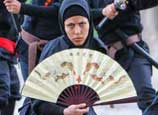
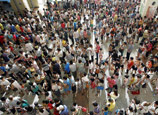
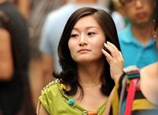
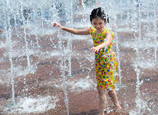

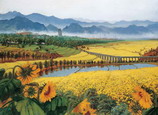
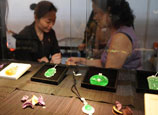







 Rainstorms flood more than 10,000 cars in underground garages in Wuhan
Rainstorms flood more than 10,000 cars in underground garages in Wuhan


![]()
